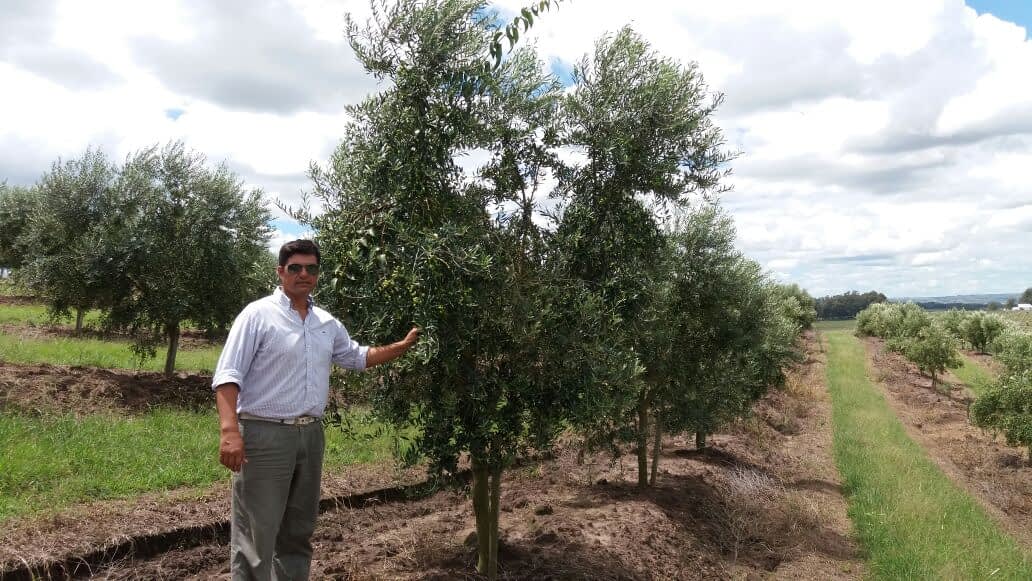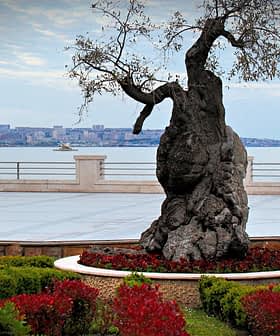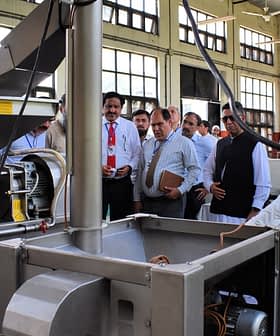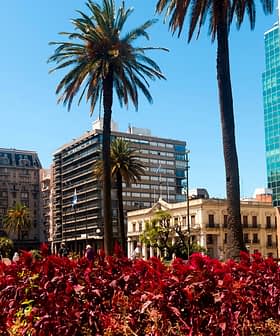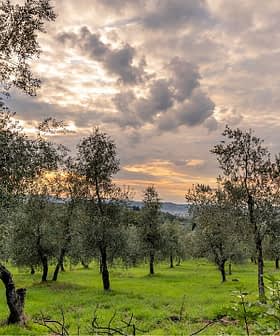After an exceptional harvest in 2021 in which Uruguay yielded 1,900 tons of olive oil, producers once again expect another bumper crop.
“I think we’re going to end up with a reasonably good harvest,” Martin Robaina, the president of the Uruguayan Olive Association (Asolur) and producer at Lote8, told Olive Oil Times.
I estimate we will have around 15,000 tons of fruit at the national level. The quality will be as good as the previous year. We have a dry climate this fall with little rain, which makes the oil have more aroma.
Most producers in the small South American country began harvesting their olives in the middle of March and are expected to finish in the first half of June.
Based on initial reports, Robaina said Uruguayan producers were expected to harvest 40 percent fewer olives, but the ones they were harvesting have had above-average oil content in the drupes.
See Also:2022 Harvest Updates“In terms of quantity of fruit, it is a little less than last year,” he said. “But this is greatly compensated because of the yields. Fat contents have been higher, so one thing offsets the other.”
Sergio Gómez, the Uruguayan director of Onoser who advises many of the country’s producers during the harvest, agreed that 2022 will see a similar yield to 2021, adding that climatic conditions meant quality would be as high as ever.
“I estimate we will have around 15,000 tons of fruit at the national level,” he told Olive Oil Times. “The quality will be as good as the previous year. We have a dry climate this fall with little rain, which makes the oil have more aroma. Our average return will be around 15 percent [oil content].”
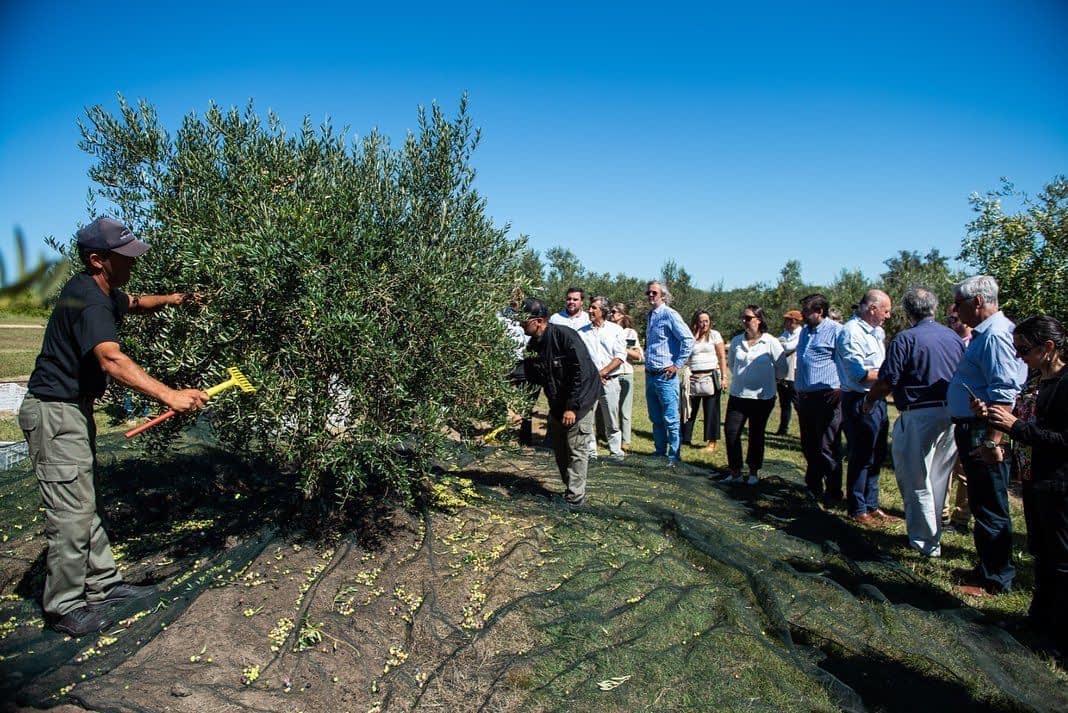
Photo: Asolur
Gonzalo Aguirre, the co-owner of Olivares de Santa Laura, located in the northeastern province of Cerro Largo, is among the producers who took advantage of the favorable climate and harvested his olives early this year.
“We finished at the end of April. We aim for a higher percentage of early harvest oil,” he told Olive Oil Times. “It was a drier summer and we obtained higher oil yields. We, in particular, got less quantity but more quality.”
“Last year, we had an excellent harvest in terms of quantity and the natural [alternate bearing cycle] of the olive tree affected us,” he added. “We have the challenge of controlling the variations more so that there is not so much difference between one year and another.”
However, Robaina said 2022 marked a significant milestone for the fledgling commercial olive industry, which celebrates its 20th anniversary this year.
It was the first time that many other producers managed to optimize the harvest to mitigate the impacts of the natural alternate bearing cycle of the olive tree.
“We are eager… that we can maintain this level of production because it is the way for producers to be viable,” Robaina said.
While adopting agricultural and harvesting best practices combined with favorable weather for olive growing led to another bountiful harvest, producers admitted that a tight agricultural labor market and supply chain issues had created several challenges.
“The problem that we mainly are having is with the available workforce during the harvest,” Robaina said. “I think we are going to move towards a more mechanized harvest because human resources are scarce. It is a seasonal activity, which makes it complicated.”
He added that producers were already beginning to work with Asolur on mechanization. Many of Uruguay’s olive trees are located on plains or gentle slopes, both of which are conducive to mechanization.
Gómez agreed: “As the years go by, the fields are loaded with more and more fruit. The challenge of each producer is to mechanize the harvest to collect the fruit on time, without losing quality and quantity.”
Away from the olive groves, other producers told Olive Oil Times that they had issues acquiring glass bottles for their oils.
“This year, the challenge we face is the great difficulty in delivering bottles. Uruguay does not produce glass,” Natalia Welker, the owner of Bodega Oceánica, a producer based in the southeastern province of Maldonado, told Olive Oil Times.
“Our bottles are all glass,” she added. “Sales improved with oleotourism, which increased with the opening of Uruguay’s borders.”
Robaina confirmed that producers may have had issues acquiring the necessary bottles due to a country’s general shortage of glass bottles. However, he added that these issues were beginning to subside.
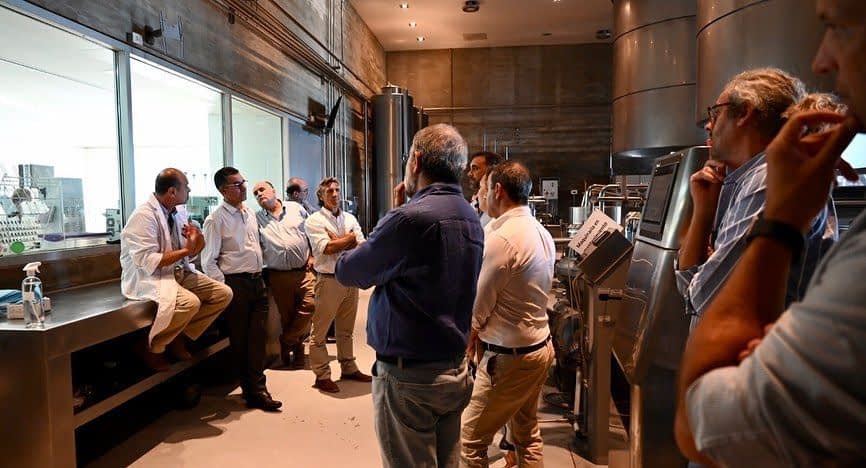
The IOC technical visit in Uruguay. Photo: Asolur
One of the reasons for the shortage may have been a slight uptick in demand for olive oil during the Covid-19 pandemic. Like many other countries, the pandemic caused more consumers to cook at home, which led to a slight increase in olive oil consumption.
This year’s harvest also occurred against the backdrop of a formal visit from the International Olive Council, which dedicated the 128th edition of its Olivae magazine to the Uruguayan olive sector.
Agricultural officials in Uruguay greeted the visit as a way to promote the sector and, potentially, kickstart Uruguayan olive oil exports.
“This magazine provides a great opportunity to show the Uruguayan oliviculture to the world as well as illustrate the quality of the extra virgin olive oils that are produced in our country,” said Juan Ignacio Buffa, the deputy minister for livestock, agriculture and fisheries.
“Uruguay is an agro-exporting country that offers award-winning products which are environmentally friendly,” he added. “In that sense, Uruguayan oliviculture interacts in perfect harmony with other production chains of the country, such as cattle ranching, forestry and tourism. Consequently, these olivicultural products provide diversification for Uruguay.”
Aguirre is among the producers trying to export his oils to the lucrative Brazilian market but admitted he is having some trouble gaining a foothold.
“We are having greater penetration in the domestic market, the consumer is increasingly appreciating the quality of local extra virgin olive oil,” he concluded. “Our challenge is to sell more in Brazil.”

